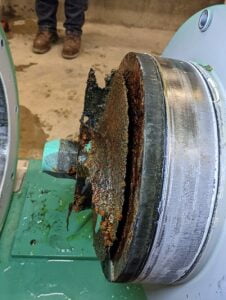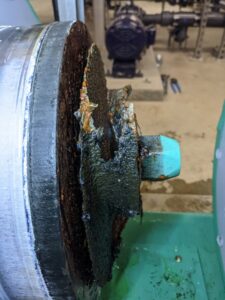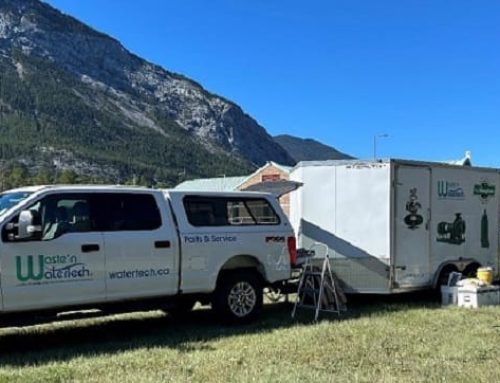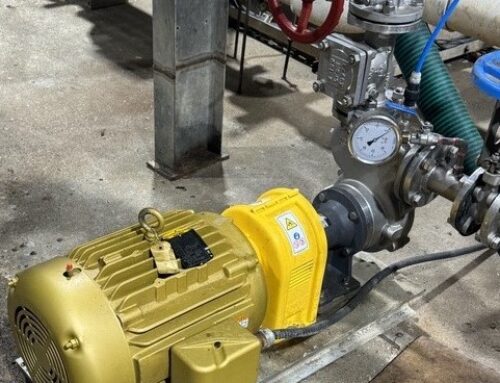Onsite Insight – Rock, Paper, Scissors…Bubbles, Steel ?
Someone unfamiliar with the age old battle of pumps and air may think that this impeller must have been made from aluminum, or maybe that it was used to pump gravel for several years. Neither theory could be further from the truth as this impeller is actually from one of the toughest solids handling pumps on the market and was used to pump a pretreated and screened wastewater sludge. The culprit that damaged this hardened steel impeller was none other than… a collection of small air bubbles. They may seem like an unlikely source given the accelerated wear seen in these images, but do not underestimate the wrath of air, water and changes in pressure.
There are two methods by which bubbles can defeat steel. The first, and likely better known, is cavitation which is a phenomenon encountered in fluid mechanics, often causing significant damage to pumping systems if left unaddressed. Cavitation is induced by suction pressures falling below the Net Positive Suction Head Required (NPSHr) reducing the pressure in this zone below the liquid’s vapour pressure. Portions of liquid change to vapour bubbles in the low-pressure suction and then cross into the high-pressure zone of the pump discharge. At this point, the vapour changes back to a liquid, imploding the bubble in a violent transition and, if adjacent to the steel impeller, chipping away a cavity in that surface as well. This pump, however, was drawing from the bottom of a 5.5-meter-deep tank and using a short run suction line, surely insufficient suction pressure was not the problem.


This is where the second method comes in as we were pumping from an aerated tank and drawing from a location which ultimately proved to be too close to one of the air injection nozzles. In this scenario, the already formed air bubbles enter the pump and a percentage make momentary contact with the impeller, oxidizing on the steel and then compressing in the high-pressure zone causing a far less violent collapse, but enough to scour away the weakened, oxidized product (rust) from the impeller surface. Continuous exposure of the impeller to this inconspicuous wear over the course of one year of operation will yield the damage witnessed in the pictures above. Even if the pump seems to operate exactly as hoped initially, the continuous erosion caused by these bubbles can degrade performance over time and lead to premature maintenance requirements or system failure.
In the battle between bubbles and steel, it is best to keep steel out of the fight by ensuring that the pump suction is drawn from a suitably bubble-free zone, preserving the strength and integrity of pump internals. Careful design can prevent these types of scenarios from becoming reality but just as important is an attentive maintenance program to work as a second line of defense. For all those problems that could not be predicted or prepared for, regular inspection and maintenance checks will provide the best chance for corrective action to save the day.





Leave A Comment